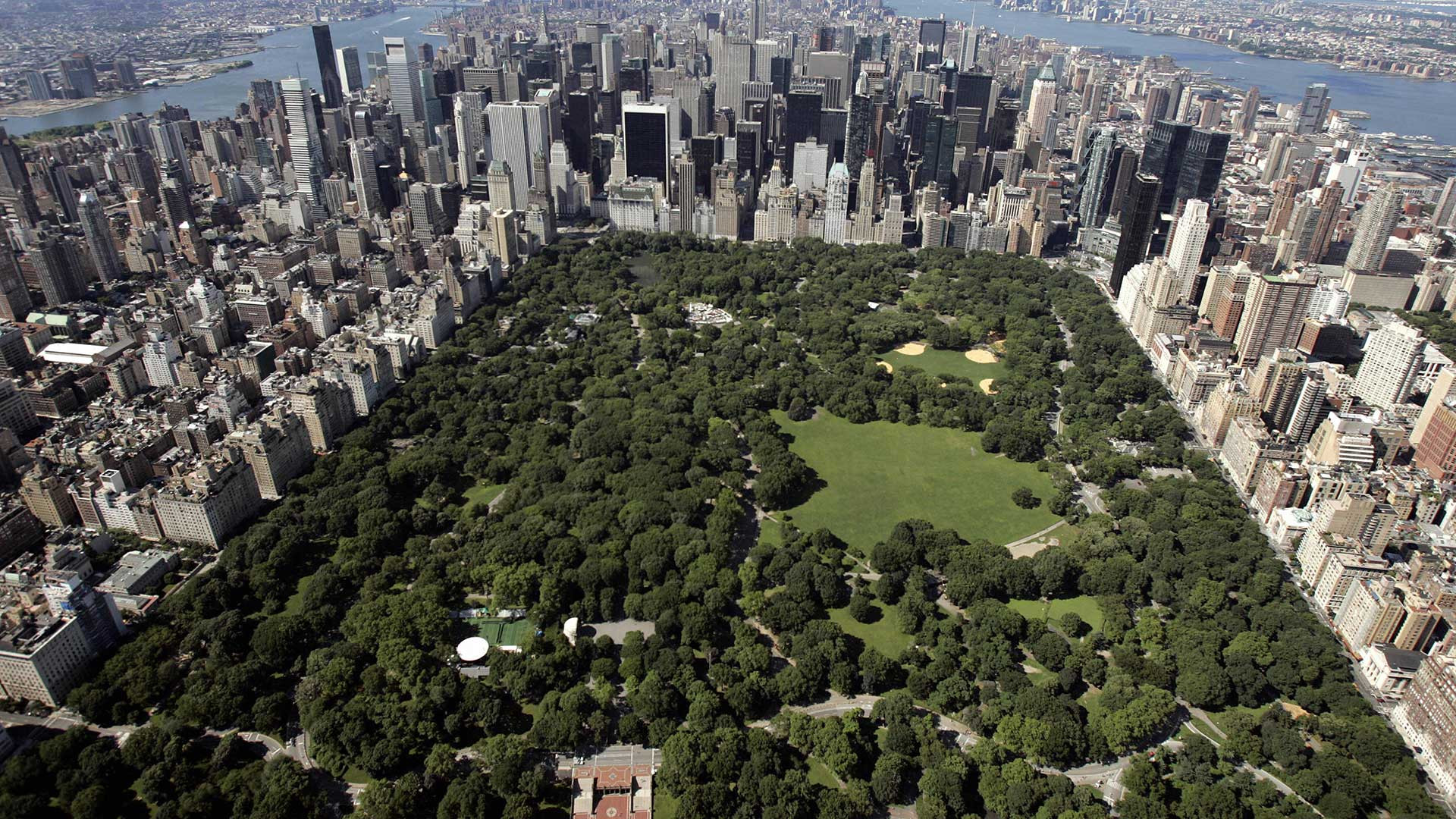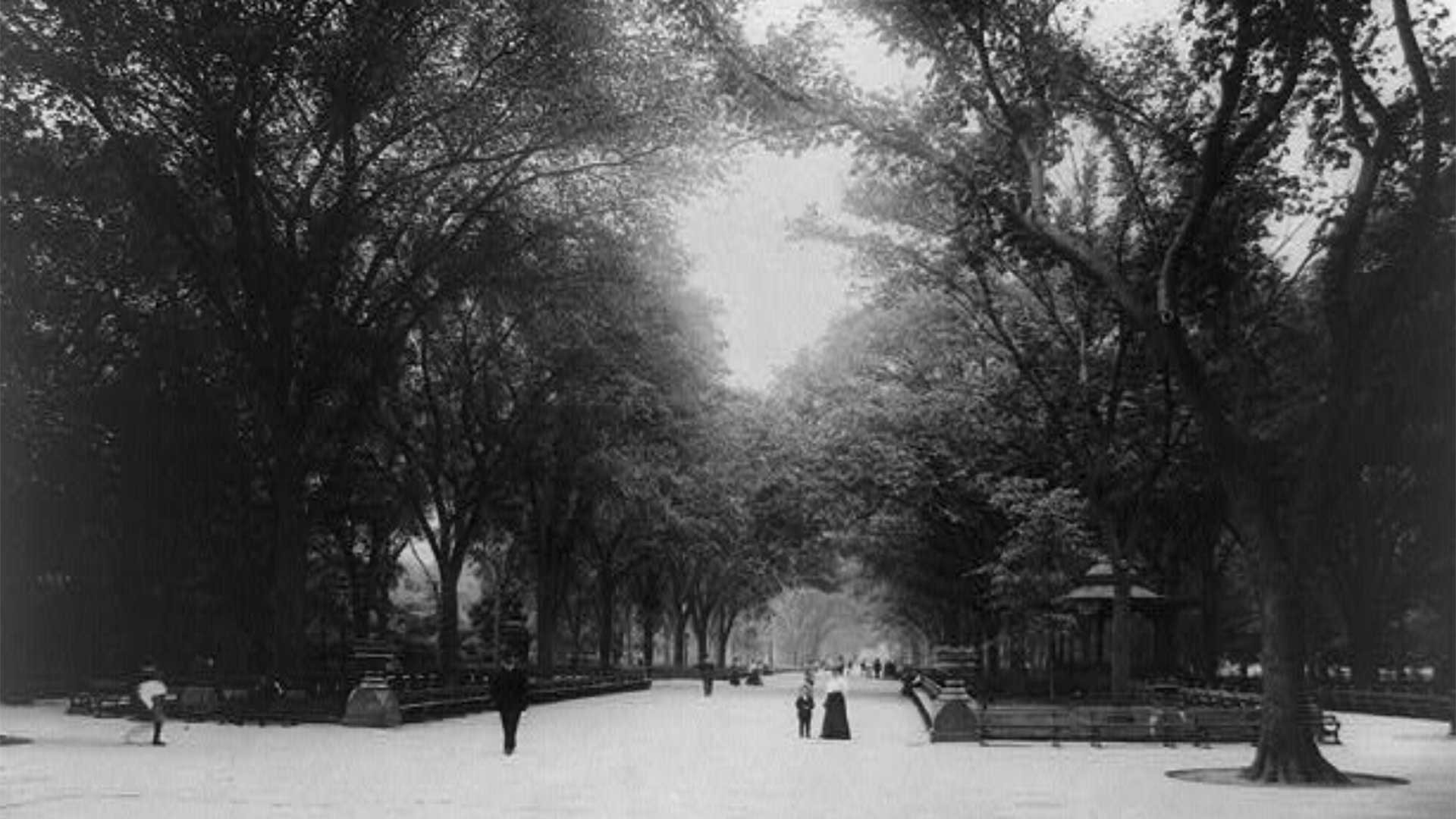Contents
New York City’s Central Park, a sprawling 843-acre oasis in the heart of Manhattan, appears as a natural wonder. However, this iconic landscape is a meticulously designed and constructed masterpiece, a testament to 19th-century engineering and vision, albeit with a complex history. Its creation involved a herculean effort, transforming undesirable land into a beloved urban park, while also displacing a community of residents.
From “Junk Land” to Urban Paradise
When New York legislators authorized the construction of Central Park in 1853, the designated area was far from picturesque. The site was characterized by rocky terrain, swamps, and undesirable industries like tanneries and bone-boiling plants. Its primary appeal was its availability and relatively low cost. Transforming this “junk land” into the world-renowned park we know today required a massive public works project, one of the largest of its time. Between 1857 and 1866, over 20,000 laborers, equipped with pickaxes, carts, and even gunpowder, reshaped nearly 7 million cubic feet of rock and soil.
 Aerial view of Manhattan looking south over Central Park in July 2007 in New York City.
Aerial view of Manhattan looking south over Central Park in July 2007 in New York City.
A Vision for Urban Green Space
New York City’s population exploded in the mid-19th century, prompting city planners to envision a green space comparable to London’s Hyde Park or the Tuileries Garden in Paris. Central Park was conceived as a vital escape for city dwellers, offering respite from the noise and pollution of urban life. This “people’s garden” would provide a much-needed connection with nature for residents, particularly those without the means to escape the city on weekends.
The Displacement of Seneca Village
The land acquired for Central Park was not entirely unoccupied. Among the existing settlements was Seneca Village, a predominantly African American community. Founded in 1825, Seneca Village provided a refuge from the racial discrimination and poor living conditions prevalent in Lower Manhattan. Tragically, the community was displaced in 1857 through eminent domain, a stark reminder of the human cost associated with the park’s creation.
The Greensward Plan: A Winning Design
The initial plan for Central Park, drafted by cartographer Egbert Viele, lacked the necessary vision. A design competition was launched in 1857, and the winning entry, known as the “Greensward Plan,” was submitted by Frederick Law Olmsted and Calvert Vaux. Olmsted, though not a trained architect, possessed a diverse background in farming, travel, and writing, coupled with a deep appreciation for nature. Vaux, a British architect, brought architectural expertise and a shared philosophy of prioritizing nature in design. Their collaborative vision emphasized creating a tranquil and spacious environment that contrasted sharply with the bustling city.
 The Mall, Central Park, New York City, 1905.
The Mall, Central Park, New York City, 1905.
Engineering Marvels and Innovative Design
Implementing the Greensward Plan involved a monumental engineering feat. The removal of vast quantities of rock required extensive use of gunpowder, even surpassing the amount used in the Battle of Gettysburg. The landscape was carefully sculpted, with soil and sand brought in to create the rolling hills and meadows. Thousands of trees were planted, transforming the barren land into a verdant oasis. One of the plan’s most ingenious features was the incorporation of transverse roadways, sunken and hidden paths that allowed carriages to cross the park without disrupting the pedestrian experience. Separate pathways for pedestrians, horseback riders, and carriages further enhanced both safety and tranquility.
A Lasting Legacy
The first phase of Central Park’s construction was completed in 1866, exceeding its initial budget threefold. Its immediate popularity demonstrated the profound need for urban green space. Central Park remains a testament to the vision of Olmsted and Vaux, a meticulously crafted landscape that continues to provide solace and recreation for millions of visitors each year. However, its history also serves as a reminder of the complexities of urban development and the importance of acknowledging the past.